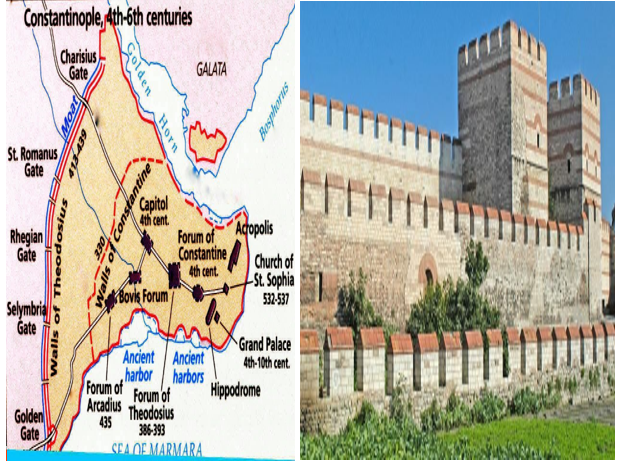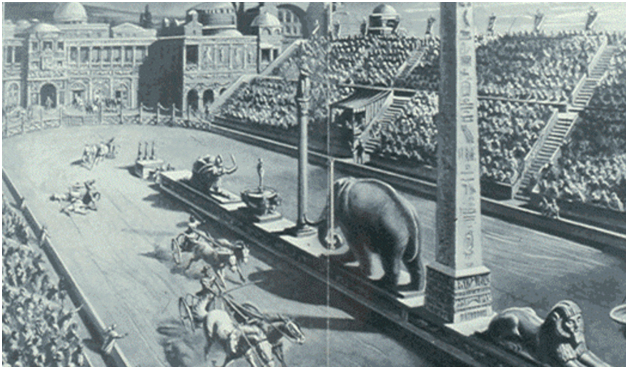 Note from Matt Ladner: During the writing of a previous post I related a mistaken notion regarding pending Oklahoma charter legislation. The legislation consolidates virtual charters under a single board but does not do so for “brick and mortar” charter schools. I apologize for the error.
Note from Matt Ladner: During the writing of a previous post I related a mistaken notion regarding pending Oklahoma charter legislation. The legislation consolidates virtual charters under a single board but does not do so for “brick and mortar” charter schools. I apologize for the error.
The legendary walls of Constantinople took nine years to build, were nearly 4 miles long, and were actually made of two walls with over 96 towers and a moat. But they very nearly fell early in their history, and only the power of competition saved them.
In the year 447, the Huns were busy rampaging through the Roman Empire when they received word that a series of earthquakes had destroyed the walls of Constantinople. Fifty-seven of the towers had been destroyed and the moat filled with debris.
Subsequent earthquakes furthered the damage. Sacking Constantinople, the wealthy capitol of the Eastern Roman Empire, represented the biggest potential score on the planet. Atilla eagerly moved his forces in for the kill.

In Constantinople, a desperate emperor appointed a man named Constantine Flavius to repair the walls as best as possible before the imminent Hun onslaught. Constantine Flavius got creative.
Constantinople had a very active sports culture revolving around chariot racing at the Hippodrome, a stadium which could seat 40,000 spectators. Constantine Flavius created a competition between fans of the Blue, Green, Red, and White racing factions to repair the wall.
If you can imagine huge teams of modern-day European soccer hooligans clearing out the pubs in order to compete for the glory of defending their city, it’s similar to what actually happened. As Heritage Today explained:
Each faction was tasked with a stretch of wall, working in competition to complete their section before the other, winning the honour of victory for their team. The “Blue” team worked the stretch of walls from the Gate of Blachernae to the Gate of Myriandrion, and the “Greens” from there to the Sea of Marmara. In just sixty days, the great walls of Constantinople were restored, and the defensive moat cleaned of debris.
Atilla and his forces arrived to find a set of walls too formidable to breach. Constantinople endured numerous future sieges over an additional thousand years plus. Why did Constantinople get the works?
Apparently, even when the Turks besieged the walls with cannon, the city ultimately failed because a careless group of troops left a gate unlocked, rather than having the walls breached.

America’s K-12 system is currently a bit of a ruin. We should take a page from the Byzantine playbook and use the power of competition to rebuild a demolished system to be stronger than ever. Like Constantine Flavius, we need to approach this task with the utmost dispatch.


